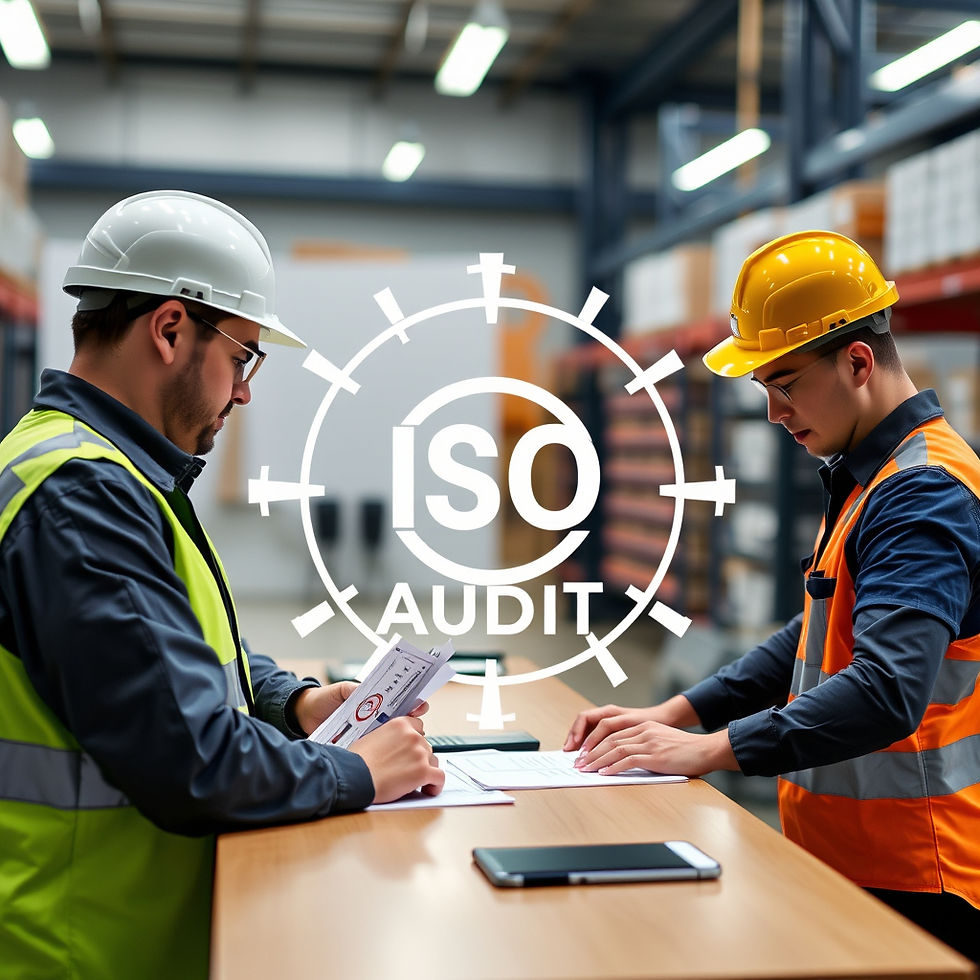What to Expect During an ISO Audit (And How to Prepare)
- wilkshireconsulting
- Jul 23
- 3 min read

Gaining ISO certification is a major milestone for any organization. It demonstrates a commitment to quality, efficiency, and continuous improvement. But before the certificate is awarded, there's one critical hurdle to cross: the ISO audit.
If you're preparing for your first audit—or even if you've been through one before knowing what to expect can make the process smoother and more successful. In this post, we'll break down what an ISO audit involves and how you can prepare your organization effectively.
What Is an ISO Audit?
An ISO audit is a systematic, independent, and documented process used to assess whether your management systems conform to the requirements of a specific ISO standard (e.g., ISO 9001, ISO 27001, ISO 14001).
There are typically two main types:
Internal Audit - Conducted by your organization or an internal team to ensure readiness.
External Audit - Conducted by a certification body (e.g., BSI, TUV, DNV) for official certification or surveillance.
Stages of an ISO Audit
1. Stage 1 Audit (Documentation Review)
This preliminary stage assesses whether your documentation meets the requirements of the standard.
Auditors will review:
Policies and procedures
Process documentation
Risk assessments
Management review records
Purpose: Identify any major gaps before proceeding to the full audit.
2. Stage 2 Audit (Implementation Review).
This is the main certification audit. Auditors will:
· Interview staff at all levels
Observe operations and processes
Verify compliance with documented procedures
Look for evidence of continual improvement
Tip: Transparency is key-auditors are not looking for perfection, but for effective, consistent implementation.
How to Prepare for an ISO Audit
1. Conduct a Thorough Internal Audit
This helps uncover gaps before the external audit. Use checklists based on the ISO standard and involve cross-functional teams for broader insight.
2. Train Your Team
Make sure employees understand:
The basics of the relevant ISO standard
Their roles in the management system
How to respond to auditor questions (honestly & V accurately)
3. Review and Update Documentation
Ensure that:
All policies, procedures, and records are up to date
Documents are controlled (versioned, accessible, approved)
Changes are tracked and justified
4. Hold a Mock Audit or Pre-Assessment
Simulate the audit process to get comfortable with the format and identify improvement areas.
5. Prepare the Audit Logistics
Set up meeting spaces and workstations for auditors
Ensure relevant personnel are available
Provide requested documentation promptly
Common Audit Findings (and How to Avoid Them)
Non-conformities due to outdated procedures - Regularly review and update documentation.
Lack of evidence - Keep organized records of actions taken, decisions made, and improvements initiated.
Poor employee awareness → Hold brief refresher sessions before the audit.
Inconsistent processes across departments → Standardize and document best practices.
Final Thoughts
An ISO audit doesn't have to be stressful. With the right preparation and a commitment to continuous improvement, it can be a valuable learning experience that strengthens your organization. Treat it not just as a test, but as a chance to refine your systems and showcase your progress.
And remember: Certification is not the end-it's the beginning of a journey toward operational excellence.
Need help preparing for an ISO audit?
Let's talk-our ISO consultants can support your team every step of the way.
Related blog posts –
Contact:
Email: info@wilkshireconsulting.com
Phone: (248) 890-9283






























Comments